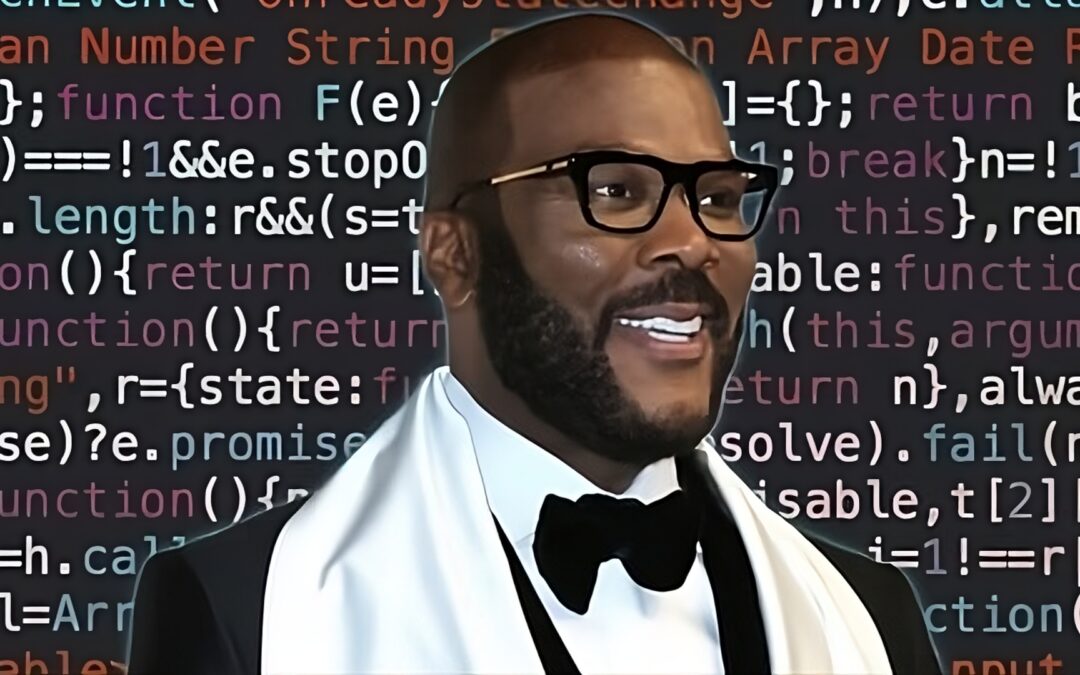Tyler Perry was planning to invest a massive $800 million into a 330-acre expansion of his movie studio in Atlanta, Georgia. But Perry has recently put the expansion of his backlot on hold after seeing OpenAI’s text-to-video model Sora. The filmmaker described his reaction to the latest AI video generator as “mind blowing” and says “It makes me worry so much about all of the people in the business.”

One of the top movie moguls is envisioning a not-so-distant future in which AI will replace an entire industry of human creatives and technicians. AI models like Sora will effortlessly generate “Madea” sequels with little to no human intervention. And it looks like audiences would be willing to pay for AI movies & TV. More than half of millennials (54%) are interested in watching a movie or TV show written partially by AI. But is there any form of content that will remain untouched by AI in the future?
In a future where a lot of video content is AI generated, human action and human emotion mean live sports will always remain “real”. But just because there will be humans in front of the cameras, will there still be humans behind the cameras in the future of sports broadcasting?
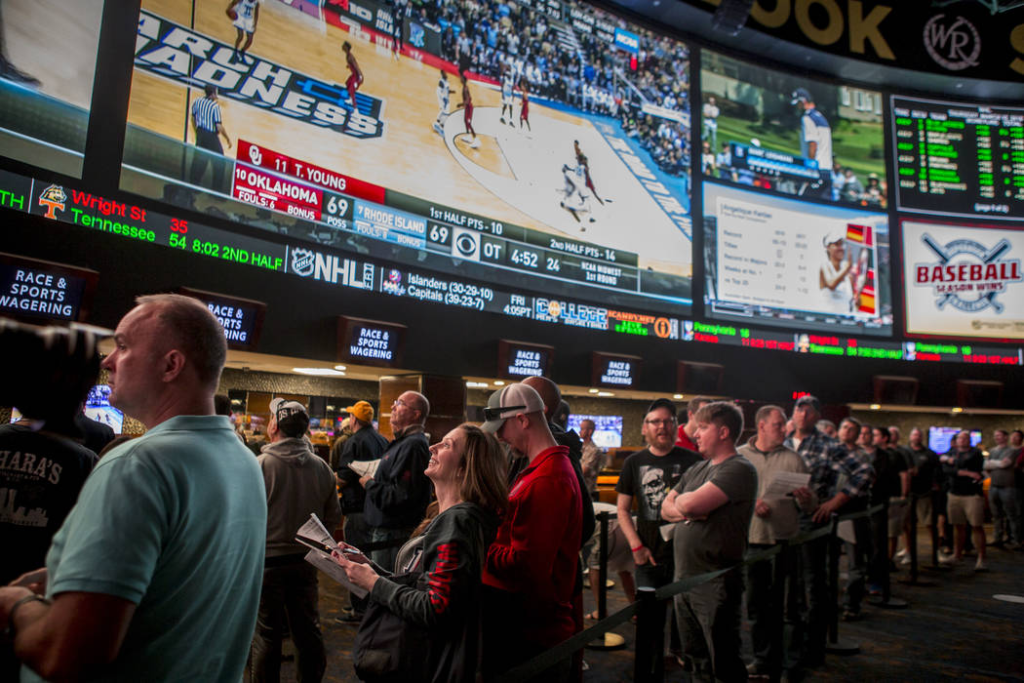
Let’s imagine the future of live video production. What will it look like to broadcast a live sporting event 25 years from now? In the sci-fi film “Blade Runner: 2049” Ryan Gosling plays a futuristic detective with a flying police car. When he arrives at a crime scene a camera drone detaches from the roof of his car and flies around. Gosling does not use a controller to operate the drone. Instead he talks to the drone and gives it hand signals, much like he’s talking to a human or a dog. The drone intuitively knows what to do when told, “scan everything in the area.”
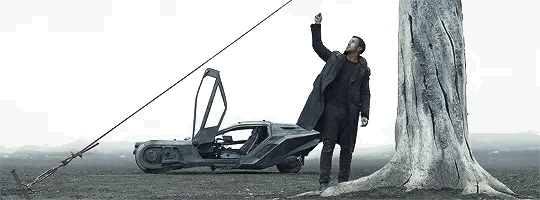
Now let’s imagine the year is 2049 and we’ve been hired to live stream a football game. We arrive solo to the pitch in our flying production van. I push a button on the dash to release a small army of flying camera drones from my rooftop hatch and command the drones, “Let’s get in position” and they zoom off to their camera placements in the stadium. Some drones deploy tripods for a stationary placement, while others remain in flight for moving shots. As the game begins our director talk to our AI camera drone colleagues as they would any human camera ops. “Cam 8, zoom out. Cam 3, get me a close up of player 17.”
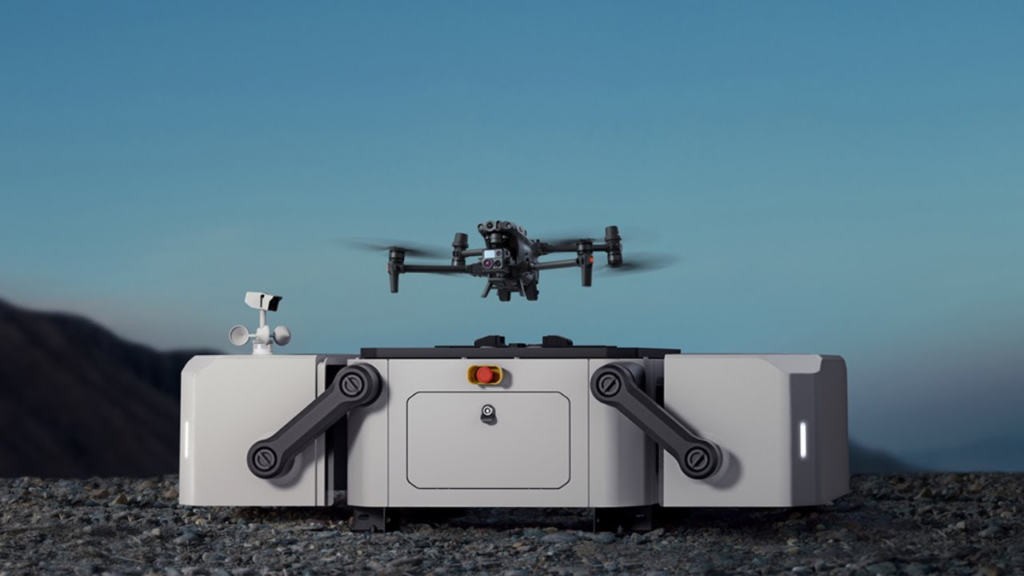
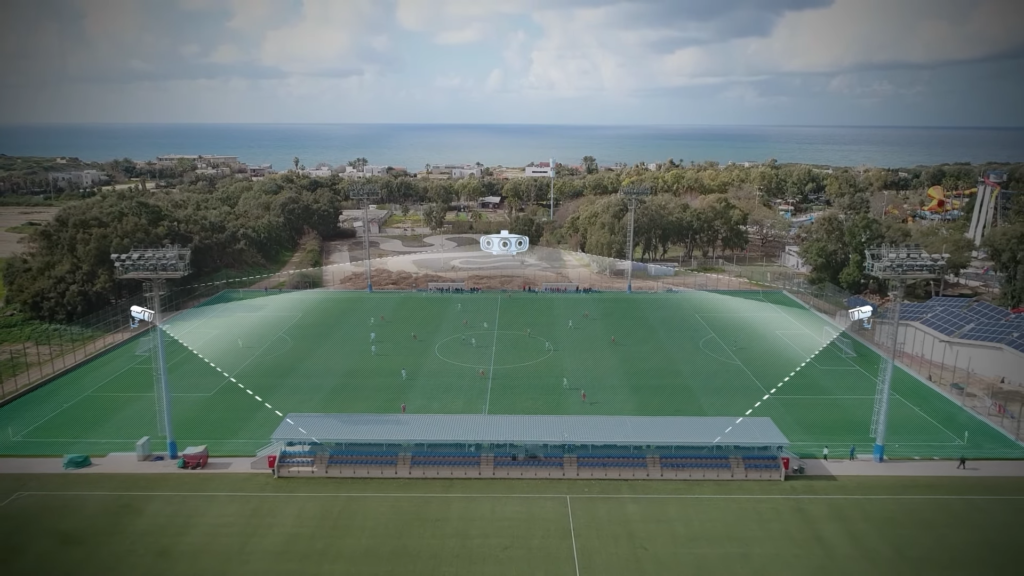
The program is also being switched automatically by an AI in our production van. The AI handles most of the switching but we give it the occasional note for adjustments. “Shorten the slow mo replays and get back to the action.” The commentators are coming in via remote feed, sometimes they are humans speaking but more often it’s an AI commentator. Of course, it’s impossible to tell really. After the game is over our drone team herd themselves back onto the van rooftop and we fly off to our next gig.

What do you think? Does this scenario sound too far-fetched to become a reality? All of these sci-fi ideas are already being implemented today in some form or another. But maybe the flying production van is too much of a stretch…?


